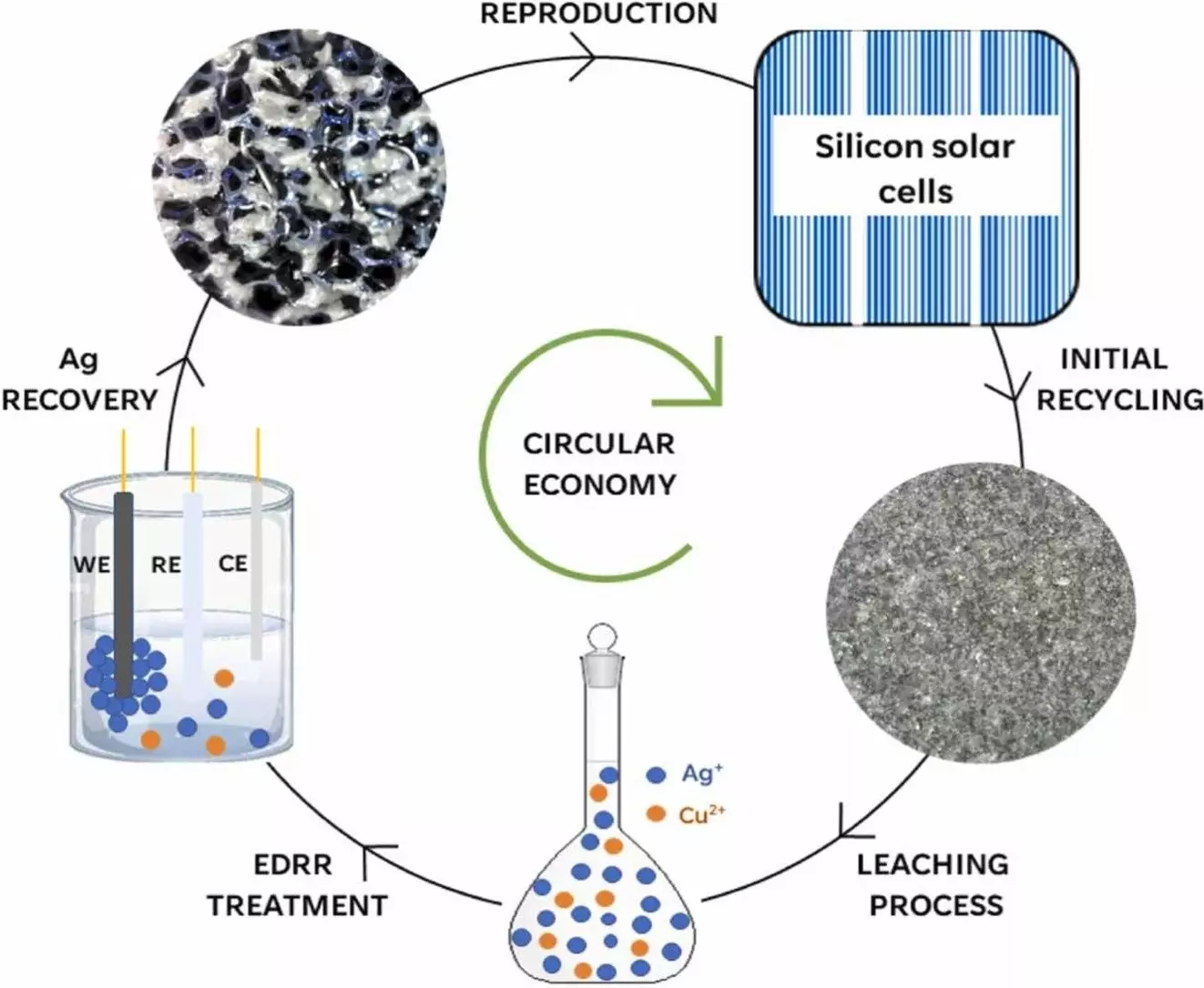With the increasing focus on renewable energy sources to combat climate change, solar power has become a popular choice. However, the disposal of dead solar panels presents a significant environmental challenge. One of the components that is particularly difficult to recycle is the silver used in electrical circuits.
A team of researchers from Italy has developed a groundbreaking method to extract silver from solar panels efficiently. By utilizing a base-activated persulfate combined with ammonia, the researchers were able to recover a high percentage of silver from the panels. The persulfate acted as an oxidizing agent, while the ammonia played a crucial role in the process.
The researchers conducted a series of experiments to determine the optimal conditions for the recovery process. By varying factors such as ammonia concentrations, they were able to identify the ideal combination for maximum silver separation. After extensive testing, the team found that using 0.5 M of ammonia and 0.2 mol per liter of potassium persulfate, with a reaction time of one hour, resulted in the separation of 85% of the silver in a sample.
To further increase the percentage of silver recovered, the team employed an electrodeposition-redox replacement technique. This additional step boosted the silver recovery rate to an impressive 98.7%. Through scanning electron microscope analysis, the researchers confirmed the enrichment of silver particles in the samples.
The development of this innovative method for recycling silver from solar panels has significant implications for the future of renewable energy technology. By providing a cost-effective and efficient way to recover valuable materials, this research paves the way for a more sustainable approach to solar panel disposal. This advancement not only addresses environmental concerns but also contributes to the circular economy by promoting the reuse of materials in the renewable energy sector.


Leave a Reply